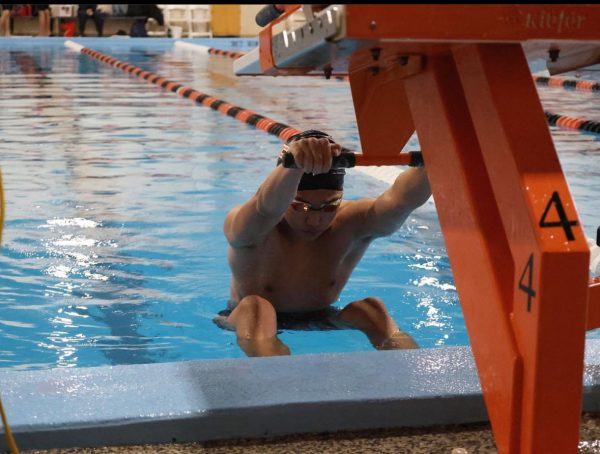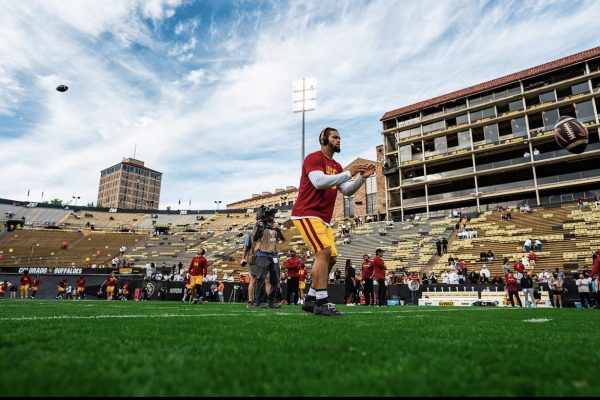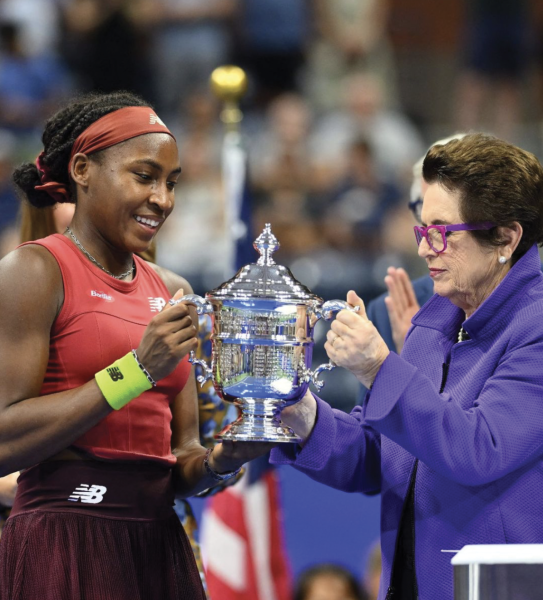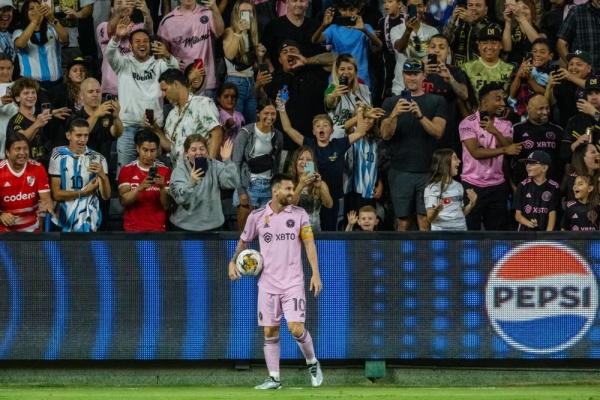Tua Tagovailoa’s Concussion
November 10, 2022
In week three against the Buffalo Bills, Miami Dolphins quarterback Tua Tagovailoa was tackled to the ground, got up, and immediately stumbled and fell back down. Following this, in week four against the Bengals, Tua was run down by a defensive linebacker, thrown to the ground, and suffered a severe concussion. Immediately after the hit, his fingers stiffened, indicating damage to his brain’s cortex.
Many fans burst into an outrage, saying doctors had failed to evaluate Tua after the hit in week three. But doctors allocated his first stumble to “gross motor instability” caused by a back injury, not neurological causes. During a conference call three days later, NFL executive vice president Jeff Miller said that “every indication from our perspective” suggested that the Dolphins followed the protocols. According to the determination of the team and unaffiliated doctors, he was permitted to play under the terms of protocol. Mike McDaniel, Dolphins Head Coach, said Tagovailoa was dealing with ankle and back soreness and would not commit to his availability for Thursday’s game.
As expected, concussion protocol did change in the NFL after a joint investigation between the NFL and its player’s association. The amended protocol will prohibit a player from returning to play if they show signs of ataxia: impaired balance or coordination caused by damage to the brain or nerves. In the previous protocol, players showing “gross motor instability” —difficulty getting off or walking— could return to playing if doctors ruled that there was an orthopedic reason for the instability.
Pierce Chaseley ’23, LFA’s varsity soccer captain who has suffered seven concussions in his athletic career, says, “Tua’s concussion was definitely scary to watch. I’ve never been shaken up as bad as that, but I have taken hits that have caused me to stumble a bit. Concussions, especially in professional sports, aren’t taken seriously enough, and even in my case, I can confidently say I’ve played in games that I shouldn’t have been playing in.”
The National Federation of State High School Association’s guideline of management for concussions in sports states that no athlete should return to play or practice on the same day after suffering a concussion, and athletes should never be allowed to resume playing following a concussion until symptoms are free and cleared by a medical professional. So far, there are no signs of concussion protocol changing for young athletes.
As for Miami Dolphins quarterback Tua Tagovailoa, his recovery was successful, and he was back playing in week seven against the Steelers.















